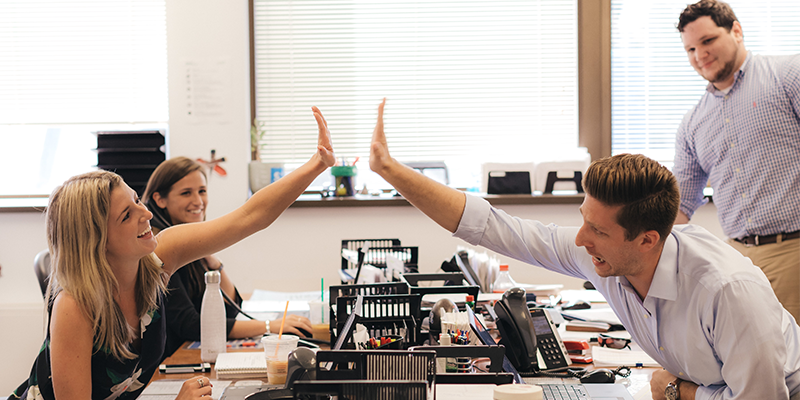The Agile Manifesto identifies the value of "Responding to change over following a plan" with the supporting principle of "At regular intervals, the team reflects on how to become more effective, then tunes and adjusts its behavior accordingly."
Good Scrum teams are constantly looking for improvement opportunities and the Sprint Retrospective provides the Scrum team the opportunity to "look over their shoulders" and evaluate the team's performance during the previous sprint.
Sprint Retrospectives are often regarded as the most beneficial of people-focused Agile techniques. Inspection and adaptation are at the very heart of agility, and retrospectives focus on inspecting and adapting the most valuable assets in an organization, the project team members.
The Sprint Retrospective is usually the last ceremony performed in a sprint, although retrospectives may be conducted by the team in response to "special" events; such as major changes in the Product Backlog or a substantial change in the composition of the Scrum team. The Sprint Retrospective is usually time-boxed and focuses on activities, practices, and techniques that the team should start doing, stop doing, or continue doing. The Sprint Retrospective is a team ceremony and, as such, should include participation from the Product Owner, the Scrum Master, and the Scrum team.
Sprint Retrospectives can take a variety of formats. The Scrum Master can facilitate the Sprint Retrospective meeting by asking everyone to verbally share ideas during the retrospective. The Scrum Master can go around the room asking each person to identify one activity, practice, or technique to start, stop, or continue. Another example could include the Scrum Master asking the Product Owner and Scrum Team members to focus on identifying practices and/or techniques to stop. Additional topics for discussion may include:
- Sprint planning and sprint results.
- Team composition and alignment.
- Team communication and collaboration.
- The Scrum process.
- How are the different electronic tools, communication tools, and technical tools working for the Scrum team?
- How can the team improve their productivity?
After an initial list of ideas has been identified, teams often vote on a specific item to focus on during the coming sprint. At the end of the next sprint, the retrospective is often begun by reviewing the item selected for attention in the prior Sprint Retrospective and discussing progress on the selected item.
The environment for the Sprint Retrospective must be "safe" for all participants. This means attendees should feel comfortable in being honest and treat others with respect. Team members often get passionate when issues of performance and improvement are discussed; skilled facilitators ensure discussions stay positive and professional, focusing on the improvement of the team. Retrospectives should never become a finger-pointing exercise or a "witch hunt".
For some team members, it may be difficult to openly discuss the issues. This is especially true if project stakeholders not on the Scrum team, like managers, attend the Sprint Retrospective. The Scrum Master may need to ask specific questions to start discussions. Facilitating effective retrospectives takes practice. This is one major area where guidance and advice from a Scrum Coach can be extremely beneficial to the team and the organization. The ambition is to encourage the Scrum team to take responsibility for their sprint and their team's performance during the project.
You should record the team's recommendations for improvement. To reinforce recommendations for improvement, Scrum teams often post the recommendations identified during the retrospective meeting in the team area to ensure visibility and action on the items.
The goal of the Sprint Retrospective is to continuously improve your processes. Improving processes according to the needs of individual Scrum teams increases team morale, improves efficiency, and can have a positive impact on team velocity.
When done well, the Sprint Retrospective can be the most beneficial ceremony a Scrum team practices.

Motion Consulting Group














